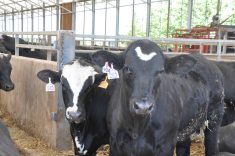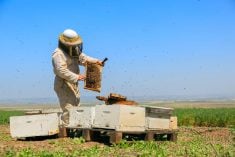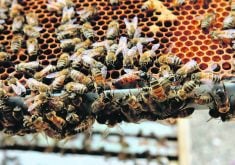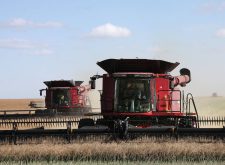Crop damage claims are being filed with Manitoba Agricultural Services Corporation after weather in the second week of June took a turn to the wild side.
Why it matters: Affected farmers may reseed after crops got a double whammy of hail and wind in mid-June.
A chain of storms June 12 brought rain, damaging hail and tornadoes to the province.
Read Also
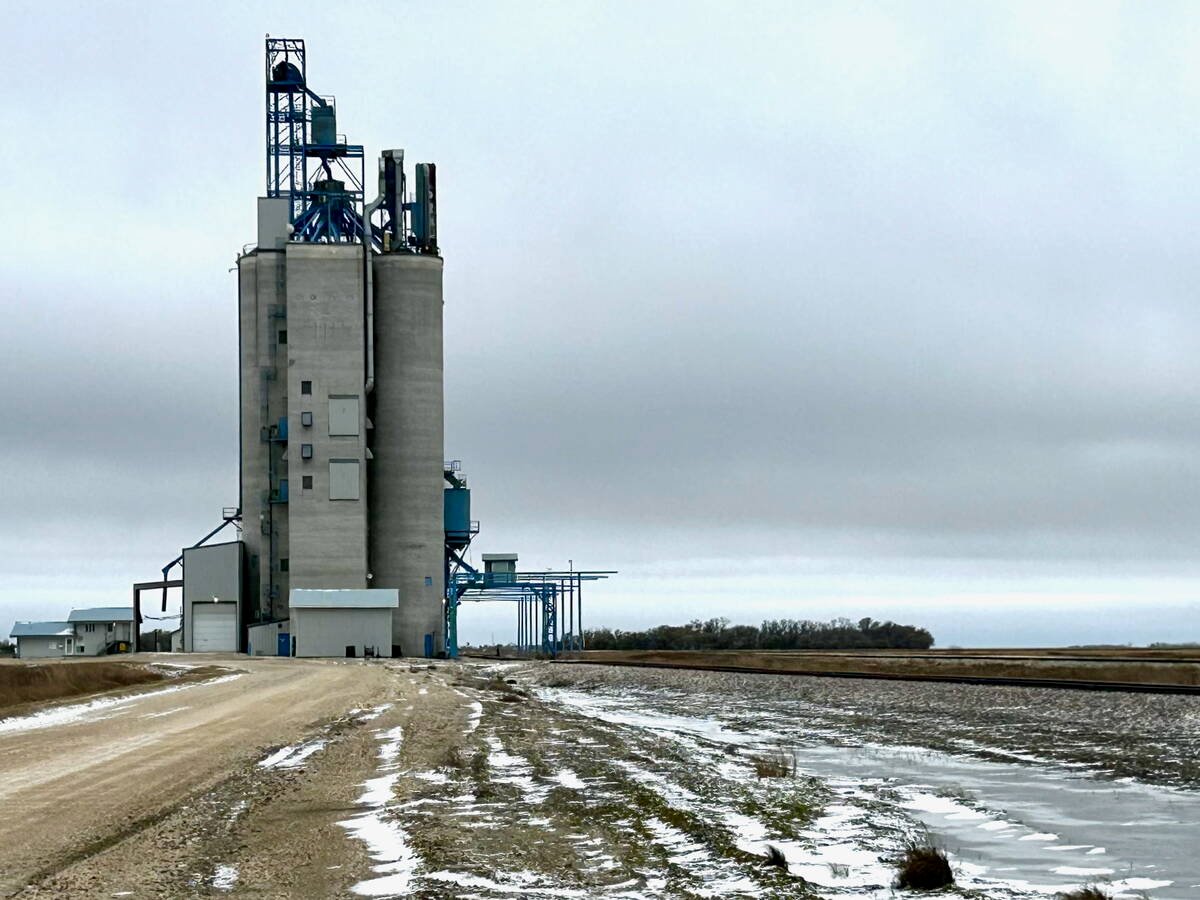
Manitoba grain elevator ownership expands
Carman-based Linear Grain buys Fannystelle elevator from Bunge, another three elevators sold to Morden’s BP & Sons Grain and Storage Inc.
“We’ve received a couple hundred hail claims over the last few days as farmers survey their fields and see what kind of damage or if there’s evidence of hail loss,” said David Van Deynze, MASC’s chief product officer.
He said most hail claims were made at the Morden office in the south-central region.
Claims are also coming in from a June 16 windstorm, which saw winds in parts of western Manitoba top 100 kilometres an hour. Airborne topsoil caused significant sandblasting damage to crops.
In a post on X the day after that storm, the Manitoba Pulse and Soybean Growers gave advice to farmers trying to determine whether soybean crops would recover.
“If the main growing point is damaged or shorn off, regrowth from axillary buds (where leaves and cotyledons meet the main stem) will occur,” read the post. “If plants are broken or pinched below the cotyledon node, those plants will die.”
Laura Schmidt, production specialist with MPSG, said soybeans and dry beans are the biggest concern.
“There’s a little bit more risk there, because all of our growing points are above ground while, with our pea growing points, there’s still a couple below ground, which means there’s some potential there for regrowth,” she said.
Van Deynze said last week that it was too early to guess the breadth of damage from the wind storm. Claims had just started to stream in from that event but initial reports raised concern.
“We’re getting some claims where the damage is severe enough that there’s not a lot of crop left,” he said.
Farmers were also scrambling to get another crop in the ground before crop insurance seeding deadlines passed.
“It’s very tempting to go out right after the weather event, but if you wait anywhere from three to seven days, you’ll see regrowth if that part of the stem remains intact,” said Schmidt.
Unfortunately, the storms came uncomfortably close to seeding deadlines and gave little time for assessment.
MASC’s soybean deadlines in all areas were already past at the time of the windstorm. The most generous extended seeding deadlines for canola passed June 20, and on June 15 in some areas. Spring cereals faced a seeding deadline of June 20.
Cool weather after the June 16 storm did little to help regrowth on damaged acres.
“At the start of the week, I was a lot more hopeful,” said Schmidt. “I was thinking we’d have some warmer temperatures.”
She said there is still a lot of growing season ahead and a lot of potential for regrowth. Conditions in coming weeks will tell the tale.
“Who’s to say this is the end of it, with the year we’ve had?”
Manitoba has seen well above average spring rainfall. Most areas have had over 150 per cent of normal precipitation since the start of May, according to Manitoba Agriculture data.
According to the June 18 crop report from Manitoba Agriculture, seeding is about a week behind the five-year average at 97 per cent complete.
Schmidt also noted incoming weed pressure. Producers with crop damage should think about that looming problem.
“Moving forward, especially if your plant stands have been knocked back, take some extra time and consideration when it comes to weed control and management in those fields,” she said.
“It’s going to be a little bit longer for that crop to close its canopy to provide any competition, and that’s going to leave room for late-emerging weeds.”




